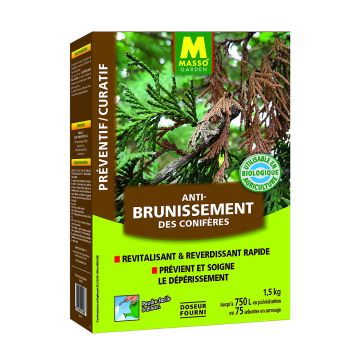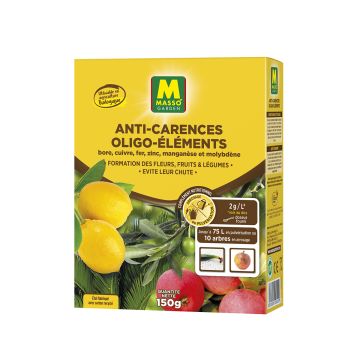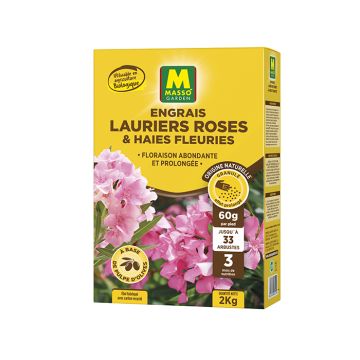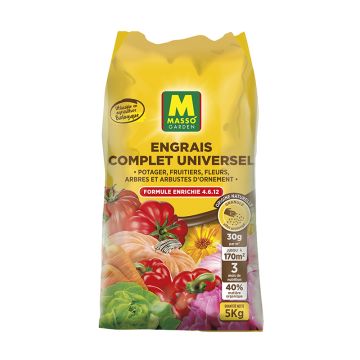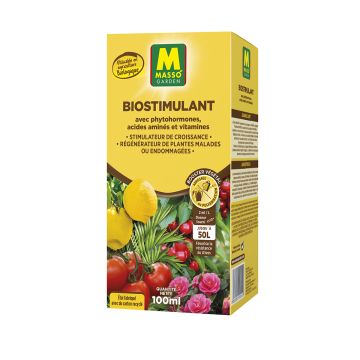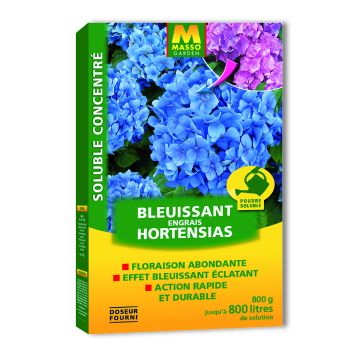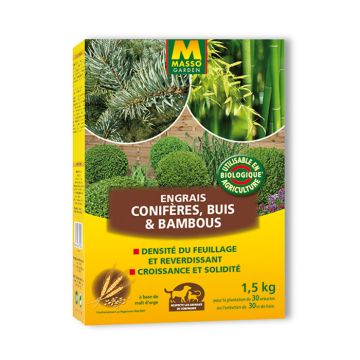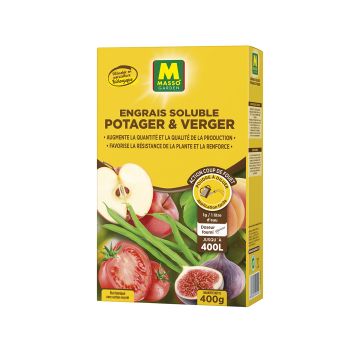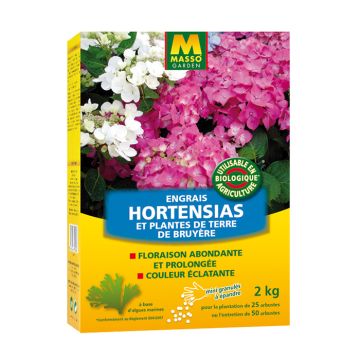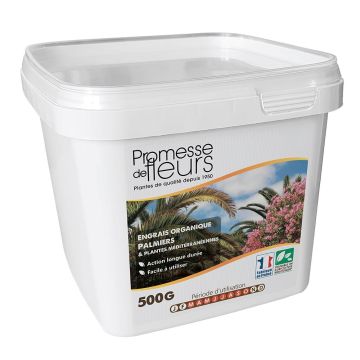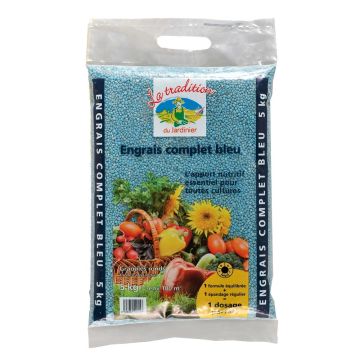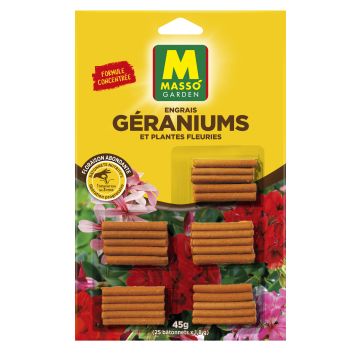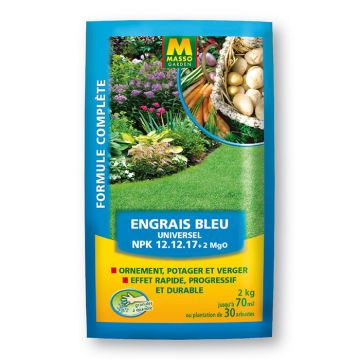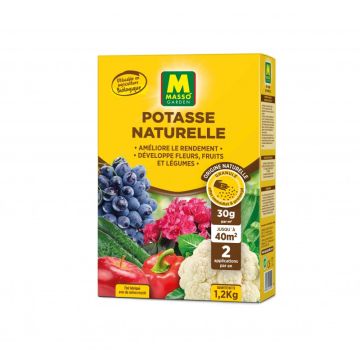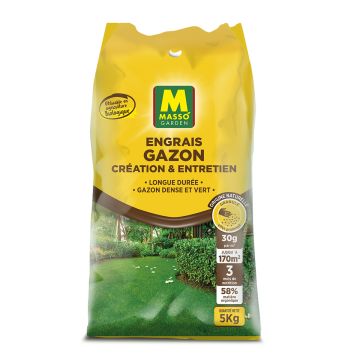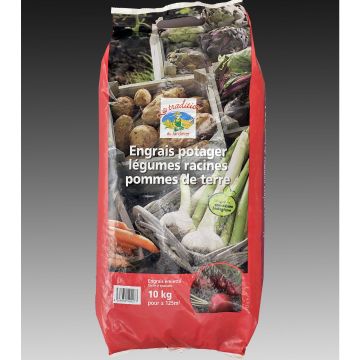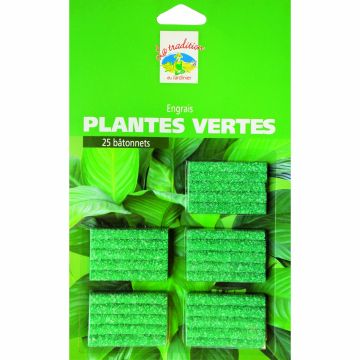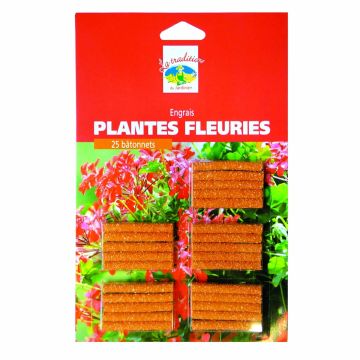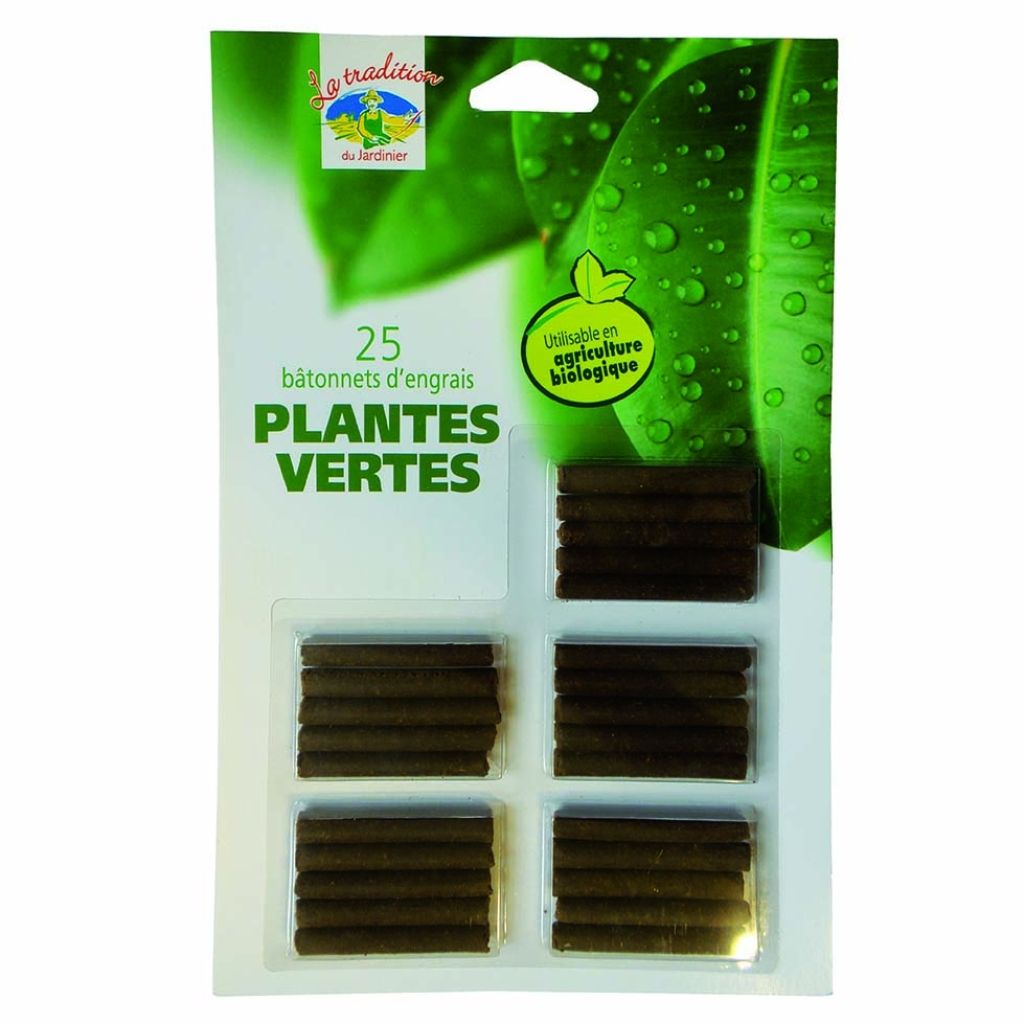

Organic Green Plant Stick Fertiliser in a pack of 25.
Organic Green Plant Stick Fertiliser in a pack of 25.
This item cannot be shipped to the selected country
Delivery charge from €5.90
More information
Schedule delivery date,
and select date in basket
We guarantee the quality of our plants for a full growing cycle, and will replace at our expense any plant that fails to recover under normal climatic and planting conditions.
From €5.90 for pickup delivery and €6.90 for home delivery
Express home delivery from €8.90.

The fertiliser for green plants sticks to be planted directly in pots, provide essential elements such as nitrogen throughout the year, necessary for the growth and optimal development of indoor foliage plants. The sticks can be used for water reservoir or non-water reservoir containers and are approved for Organic Agriculture. As you water the plants over several weeks, they gradually release nutrients without the risk of root burn. Sold in blister packs containing 25 sticks.
This fertiliser has an NPK formulation of 5-5-7, which means it contains:
- 5% nitrogen (N) in total (N), including 3% organic nitrogen derived from feather powder and molasses vinasse, with slow and gradual release, and 2% mineral nitrogen, directly assimilated by plants. This element contributes to the development of non-reproductive aerial parts of the plant, especially leaves and stems.
- 5% phosphorus (P) in total as phosphoric anhydride (P2O5), directly assimilated by the roots. This element strengthens plant resistance and contributes to root development.
- 7% potassium (K) as water-soluble potassium oxide (K2O), directly assimilated by the roots. This element plays an essential role in root formation, flowering, and fruit development. It is indispensable for life as it directly participates in cell formation and growth. Activating more than 80 enzymatic systems, it promotes sap circulation and facilitates the transfer of sugars and proteins to roots and organs such as seeds, fruits, and tubers. A well-rooted plant will better withstand drought and environmental stress.
Use: from March to October. Insert the sticks around the perimeter of the pot, at equal distances from each other to maintain nutrient balance and promote vegetation growth.
Dosage:
1 stick for an 8 cm diameter pot
2 sticks for a 12 cm diameter pot
4 sticks for a 16 cm diameter pot
Plants need water, about twenty essential nutrients found in mineral form in the soil, carbon dioxide (CO2) from the air, and solar energy necessary for photosynthesis to live and reproduce. The basic elements, called macronutrients, are nitrogen (N), phosphorus (P), and potassium (K). They need to be present in the soil in significant quantities. The secondary elements, less predominant but still essential, are calcium (Ca), sulfur (S), and magnesium (Mg). Finally, trace elements, required in very small quantities, include iron (Fe), manganese (Mn), molybdenum (Mo), copper (Cu), boron (B), zinc (Zn), chlorine (Cl), sodium (Na), cobalt (Co), vanadium (V), and silicon (Si). The role of fertiliser is to compensate for soil deficiencies and provide, through optimal dosage, the elements that promote plant growth, flowering and fruit production, as well as root, bulb, and tuber development.
Product suitable for use in organic agriculture in accordance with EC regulations 834/2007 and 889/2008.
Technical features

Tips
Tips
Other Organic cultivation-certified fertilisers
This item has not been reviewed yet - be the first to leave a review about it.
Slow-release fertilisers
Haven't found what you were looking for?
Hardiness is the lowest winter temperature a plant can endure without suffering serious damage or even dying. However, hardiness is affected by location (a sheltered area, such as a patio), protection (winter cover) and soil type (hardiness is improved by well-drained soil).

Photo Sharing Terms & Conditions
In order to encourage gardeners to interact and share their experiences, Promesse de fleurs offers various media enabling content to be uploaded onto its Site - in particular via the ‘Photo sharing’ module.
The User agrees to refrain from:
- Posting any content that is illegal, prejudicial, insulting, racist, inciteful to hatred, revisionist, contrary to public decency, that infringes on privacy or on the privacy rights of third parties, in particular the publicity rights of persons and goods, intellectual property rights, or the right to privacy.
- Submitting content on behalf of a third party;
- Impersonate the identity of a third party and/or publish any personal information about a third party;
In general, the User undertakes to refrain from any unethical behaviour.
All Content (in particular text, comments, files, images, photos, videos, creative works, etc.), which may be subject to property or intellectual property rights, image or other private rights, shall remain the property of the User, subject to the limited rights granted by the terms of the licence granted by Promesse de fleurs as stated below. Users are at liberty to publish or not to publish such Content on the Site, notably via the ‘Photo Sharing’ facility, and accept that this Content shall be made public and freely accessible, notably on the Internet.
Users further acknowledge, undertake to have ,and guarantee that they hold all necessary rights and permissions to publish such material on the Site, in particular with regard to the legislation in force pertaining to any privacy, property, intellectual property, image, or contractual rights, or rights of any other nature. By publishing such Content on the Site, Users acknowledge accepting full liability as publishers of the Content within the meaning of the law, and grant Promesse de fleurs, free of charge, an inclusive, worldwide licence for the said Content for the entire duration of its publication, including all reproduction, representation, up/downloading, displaying, performing, transmission, and storage rights.
Users also grant permission for their name to be linked to the Content and accept that this link may not always be made available.
By engaging in posting material, Users consent to their Content becoming automatically accessible on the Internet, in particular on other sites and/or blogs and/or web pages of the Promesse de fleurs site, including in particular social pages and the Promesse de fleurs catalogue.
Users may secure the removal of entrusted content free of charge by issuing a simple request via our contact form.
The flowering period indicated on our website applies to countries and regions located in USDA zone 8 (France, the United Kingdom, Ireland, the Netherlands, etc.)
It will vary according to where you live:
- In zones 9 to 10 (Italy, Spain, Greece, etc.), flowering will occur about 2 to 4 weeks earlier.
- In zones 6 to 7 (Germany, Poland, Slovenia, and lower mountainous regions), flowering will be delayed by 2 to 3 weeks.
- In zone 5 (Central Europe, Scandinavia), blooming will be delayed by 3 to 5 weeks.
In temperate climates, pruning of spring-flowering shrubs (forsythia, spireas, etc.) should be done just after flowering.
Pruning of summer-flowering shrubs (Indian Lilac, Perovskia, etc.) can be done in winter or spring.
In cold regions as well as with frost-sensitive plants, avoid pruning too early when severe frosts may still occur.
The planting period indicated on our website applies to countries and regions located in USDA zone 8 (France, United Kingdom, Ireland, Netherlands).
It will vary according to where you live:
- In Mediterranean zones (Marseille, Madrid, Milan, etc.), autumn and winter are the best planting periods.
- In continental zones (Strasbourg, Munich, Vienna, etc.), delay planting by 2 to 3 weeks in spring and bring it forward by 2 to 4 weeks in autumn.
- In mountainous regions (the Alps, Pyrenees, Carpathians, etc.), it is best to plant in late spring (May-June) or late summer (August-September).
The harvesting period indicated on our website applies to countries and regions in USDA zone 8 (France, England, Ireland, the Netherlands).
In colder areas (Scandinavia, Poland, Austria...) fruit and vegetable harvests are likely to be delayed by 3-4 weeks.
In warmer areas (Italy, Spain, Greece, etc.), harvesting will probably take place earlier, depending on weather conditions.
The sowing periods indicated on our website apply to countries and regions within USDA Zone 8 (France, UK, Ireland, Netherlands).
In colder areas (Scandinavia, Poland, Austria...), delay any outdoor sowing by 3-4 weeks, or sow under glass.
In warmer climes (Italy, Spain, Greece, etc.), bring outdoor sowing forward by a few weeks.

































